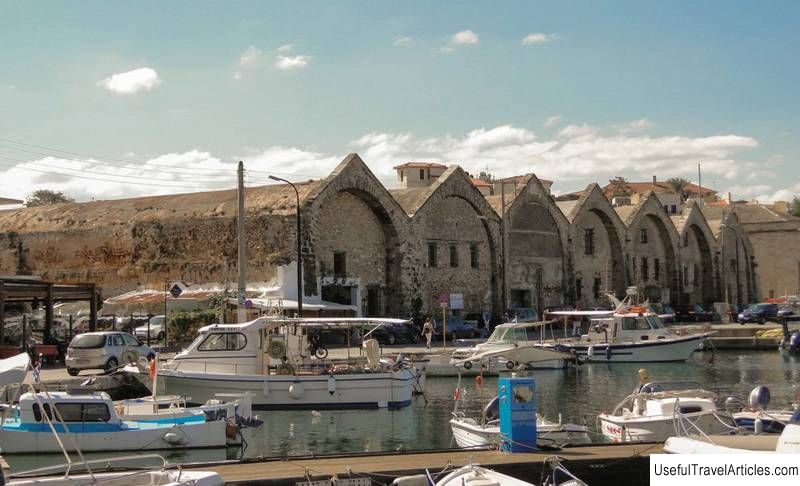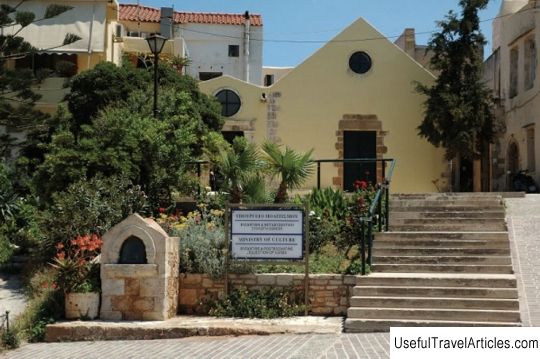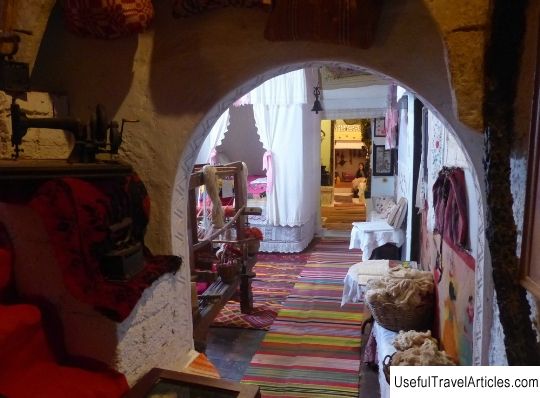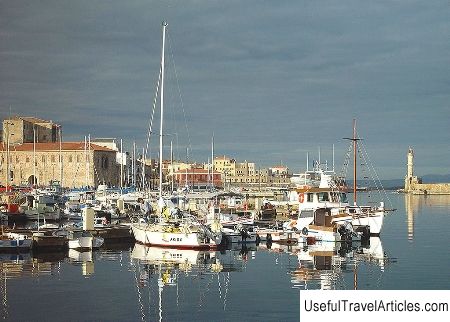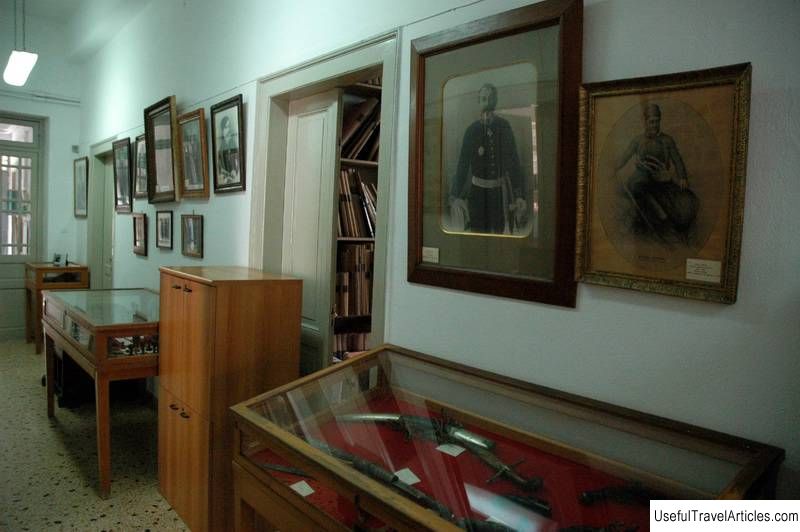Archaeological Museum of Chania (Chania Archaeological Museum) description and photos - Greece: Chania (Crete)
Rating: 8,8/10 (1038 votes) 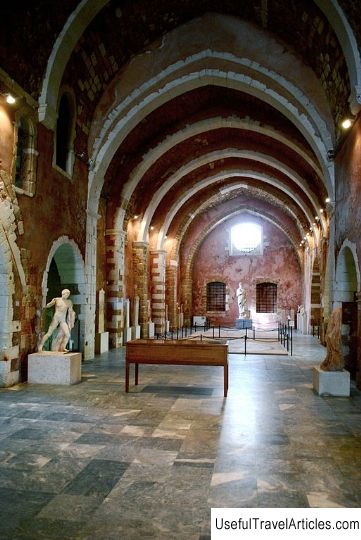
Archaeological Museum of Chania (Chania Archaeological Museum) description and photos - Greece: Chania (Crete). Detailed information about the attraction. Description, photographs and a map showing the nearest significant objects. The name in English is Chania Archaeological Museum. Photo and descriptionThe Archaeological Museum of the city of Chania is housed in the building of the former Venetian Cathedral of St. Francis in the center of the old town along Halidon Street. The museum was founded in 1962. The artifacts on display at the museum give visitors a good idea of developing the history of western Crete from the Neolithic to Roman times. When the building was built is not known for certain. However, there is written evidence of a great earthquake in 1595, which mentions the Church of St. Francis. Today the museum building is an important historical monument of the city. During the Ottoman rule, the church was rebuilt into a mosque and named after Yusuf Pasha, Chania's conqueror. At the turn of the 19th and 20th centuries, the building housed the Ideon Andron cinema. After the Second World War, until 1962 (when the building was transferred to the Archaeological Museum), there was a military equipment warehouse. Chania's archaeological collection was previously housed in various public institutions (Administration, Gymnasium for Boys, Hassan Mosque). The museum has an impressive collection of Minoan and Roman artifacts collected from the archaeological site of the city of Chania and the entire region. The exposition of the museum is presented in chronological order. It includes ceramics, sculptures, figurines, weapons, gold jewelry, seals, coins, sarcophagi and other funerary artifacts, mosaics, clay tablets with inscriptions, and much more. Among the huge variety of museums, the exposition is worth highlighting the Roman mosaic floor with Dionysus and Ariadne (2-3 century AD). Clay tablets with linear inscriptions (1450 - 1300 BC) also occupy an important place in the museum's collection. An interesting painted sarcophagus (1400-1200 BC) from the Minoan acropolis of Armenia and a Roman emperor Hadrian bust. In 2000, Constantine and Marik Mitsotakis donated a huge private collection of theirs to the Archaeological Museum of the city of Chania. Family, which makes up a third of the museum's entire exposition and is rich in rare historical relics. By visiting the Archaeological Museum of the city of Chania, you can plunge into the ancient city's atmosphere, follow how the lifestyle and traditions of the inhabitants of western Crete have changed, how their knowledge has improved and skill.         Topic: Archaeological Museum of Chania (Chania Archaeological Museum) description and photos - Greece: Chania (Crete). |
